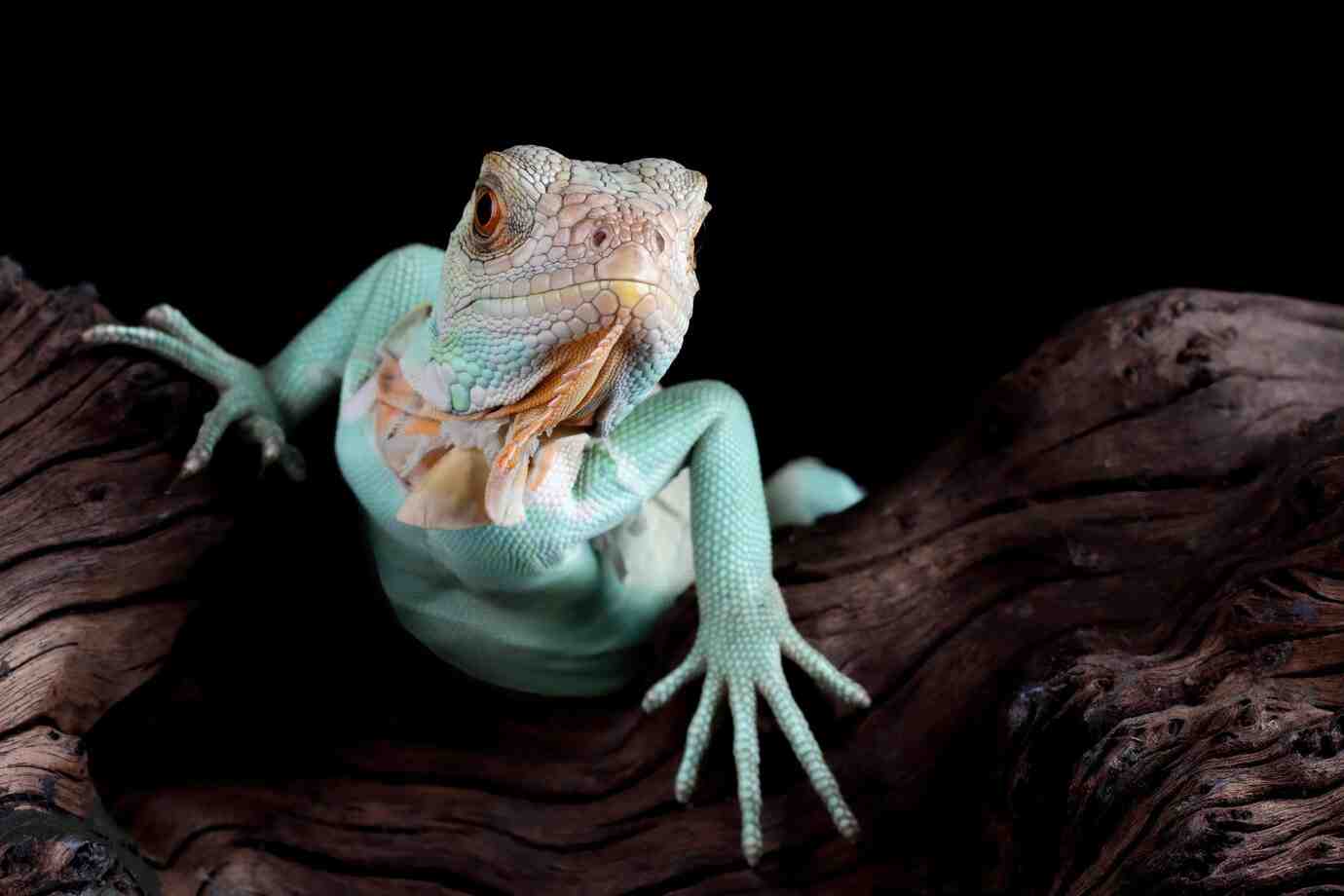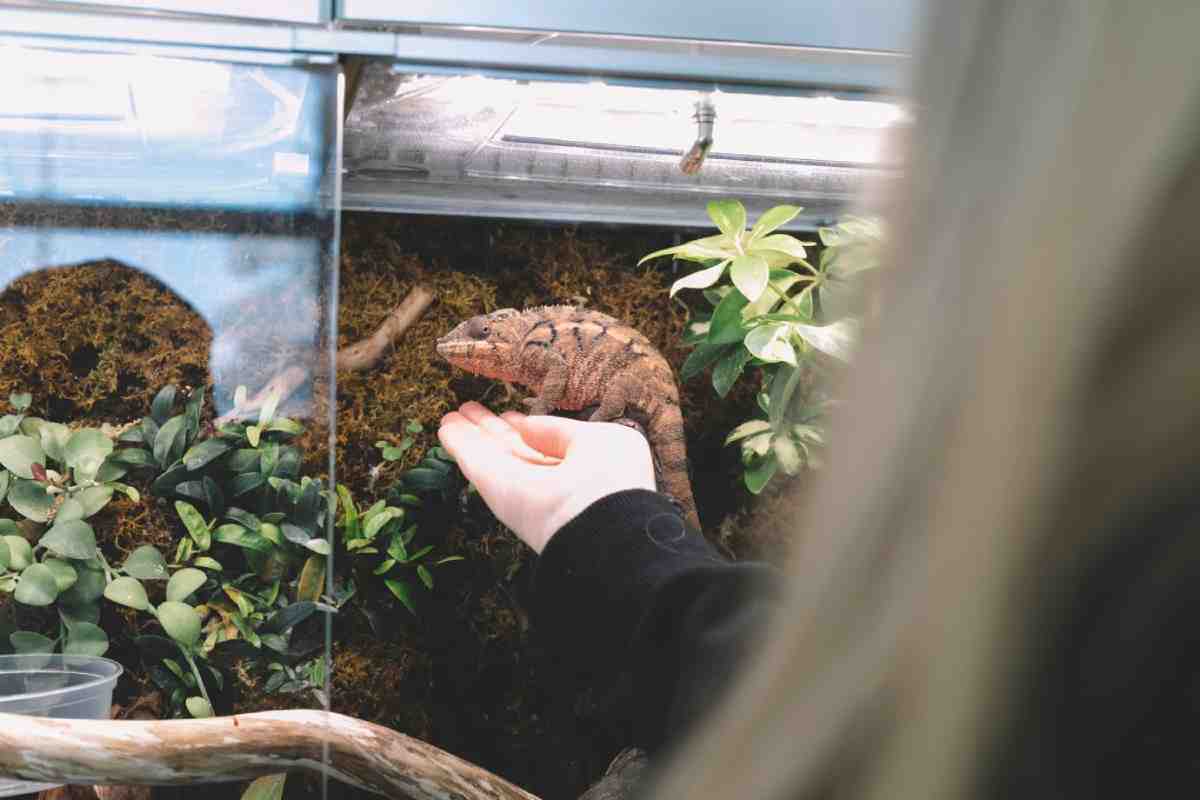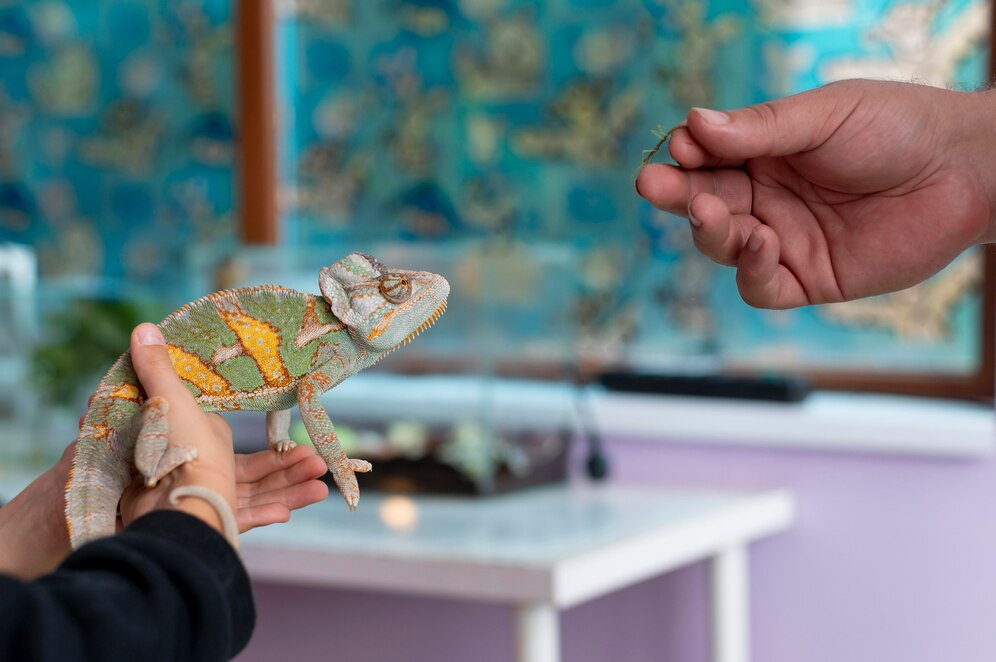
How to Safely Handle Exotic Reptiles
Handling exotic reptiles can be a rewarding experience. It helps you bond with your pet, reduces fear, and makes routine care easier. But reptiles are not like dogs or cats — they move differently, react to stress in quiet ways, and have delicate bodies that need gentle care.
This guide will help you master the art of handling reptiles safely, understand the basics of taming exotic reptiles, and explore simple, effective reptile interaction tips to build trust with your scaly companion.
Why Handling Matters
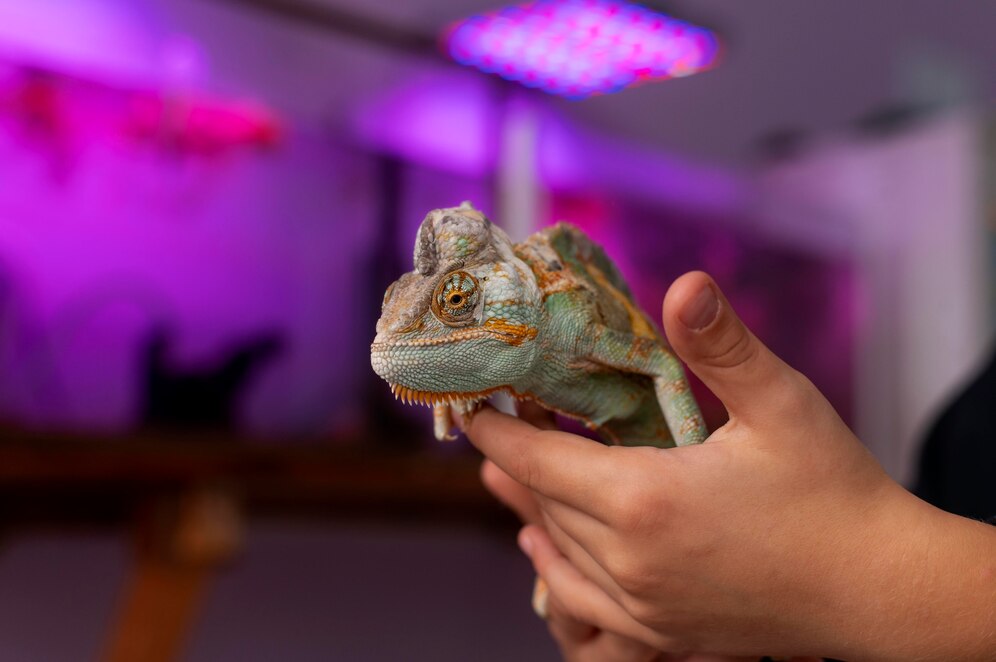
Safe, respectful handling offers many benefits:
- Builds trust between you and your reptile
- Makes enclosure cleaning and feeding less stressful
- Helps with health checks and grooming
- Reduces fear or aggression over time
- Encourages exercise and curiosity
Handled reptiles tend to be more confident and easier to care for.
Know Before You Handle: Understanding Reptile Body Language
Each reptile species reacts differently to touch. Some enjoy short handling sessions, while others prefer to watch from a distance.
Common Signs a Reptile Is Comfortable:
- Calm breathing
- Slow blinking or relaxed posture
- Willingly climbing onto your hand
- Flicking tongue in snakes (shows curiosity)
Signs of Stress or Discomfort:
- Hissing or tail twitching
- Puffing up the body
- Quick, jerky movements
- Trying to flee or hide
- Gaping mouth (a defensive posture)
Learning your reptile’s signals is key to safe handling.
Reptiles That Typically Tolerate Handling Well
Some reptiles are naturally more receptive to touch:
- Bearded dragons: Often calm and enjoy being held
- Leopard geckos: Easy to handle with gentle approach
- Ball pythons: Known for their calm, slow movements
- Blue-tongue skinks: Often docile and curious
- Corn snakes: Active but gentle when socialised
That said, individual temperament varies — always go slow, even with a “friendly” species.
Handle Reptiles Safely
1. Wash Your Hands
Always clean your hands before and after handling. This:
- Removes smells from other animals
- Prevents spreading bacteria or oils to your reptile
- Protects you from potential salmonella
2. Approach Calmly
Sudden movements startle reptiles. Instead:
- Move slowly and quietly
- Approach from the side or underneath (not above)
- Avoid grabbing or squeezing
- Let them see you coming
3. Support Their Body
Use both hands for medium or large reptiles. Always support:
- The body and chest (for lizards and tortoises)
- The midsection and tail (for snakes)
Never pick up reptiles by the tail — some can drop it as a defence mechanism.
4. Let Them Climb on You
Instead of scooping them up, offer your hand as a platform. Let the reptile walk onto you at its own pace.
This reduces stress and gives them a sense of control.
5. Keep Sessions Short (At First)
Start with 5–10 minutes, especially if your reptile is new or shy. Gradually increase time as they get more comfortable.
Avoid handling during:
- Shedding
- Illness or injury
- Feeding time
- Immediately after eating (especially for snakes)
Taming Exotic Reptiles: Building Trust Over Time
Taming isn’t about forcing interaction — it’s about slowly showing your reptile that you’re safe.
Daily Taming Tips:
- Sit near the enclosure and let them watch you
- Talk softly while feeding or cleaning
- Gently touch or stroke them during tank maintenance
- Offer food from tongs or fingers
- Use scent association (same shirt, same time of day)
Patience is key. It may take weeks or even months for a reptile to fully trust you.
Reptile Interaction Tips by Species
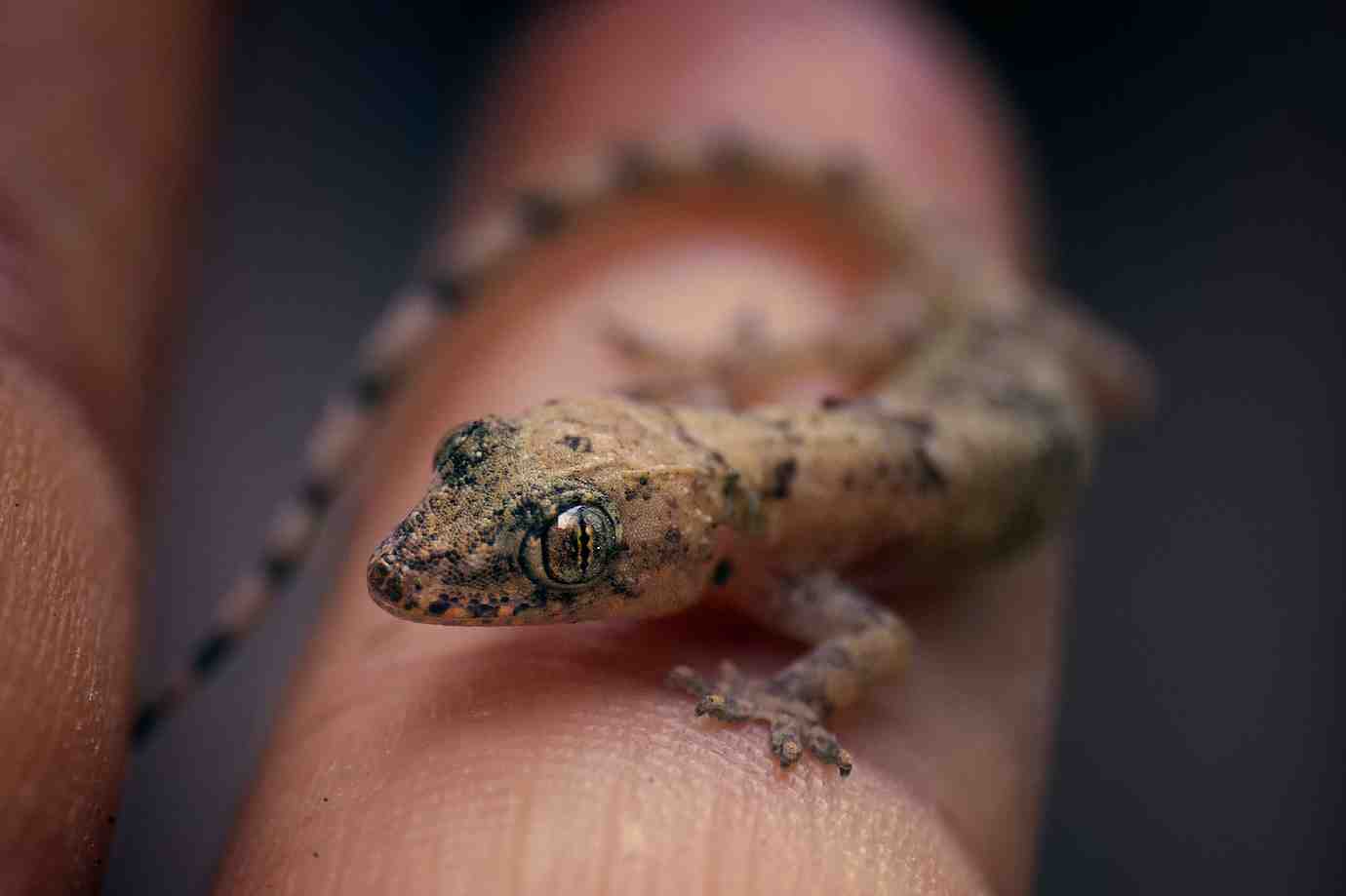
Geckos
- Handle close to the ground to prevent falls
- Avoid grabbing the tail — many species can drop it
- Use a cupped hand or soft scoop
- Some prefer interaction at night
Snakes
- Always support the mid-body
- Let them explore and move freely across your hands
- Don’t handle for 24–48 hours after feeding
- Avoid lifting suddenly while coiled
Tortoises and Box Turtles
- Handle rarely and only when necessary
- Keep flat and supported to avoid flipping
- Offer gentle scrubs or pats during bath time
- Use soft tones when interacting
Bearded Dragons
- Many enjoy sitting on shoulders or laps
- Gently scratch under the chin or behind the head
- Keep sessions quiet and stress-free
- Watch for signs of stress (dark beard, fast head bobbing)
Tips for Kids and New Keepers
If you’re teaching children how to handle reptiles, focus on calm, respectful behaviour:
- No loud noises or sudden touches
- Teach proper hand positioning
- Always supervise handling
- Explain body language cues (e.g., “She’s hiding — that means she needs space.”)
Helping kids build calm habits early supports better reptile welfare.
Handling Do’s and Don’ts
DO:
- Wash your hands
- Handle over soft surfaces
- Observe body language
- Use calm voices and movements
- Return your reptile to the tank gently
DON’T:
- Pick up by the tail
- Wake a sleeping reptile
- Handle when shedding or stressed
- Force interaction or chase them
- Let others handle your pet without your guidance
When to Avoid Handling
Even the friendliest reptiles need breaks. Avoid handling when your reptile is:
- Sick or recovering from an injury
- In shed (eyes may be cloudy, vision limited)
- Showing signs of stress
- New to your home (give at least 1–2 weeks to settle)
- Gravid (pregnant) or laying eggs
Respect their signals — it builds trust over time.
Handling with Respect Builds Trust
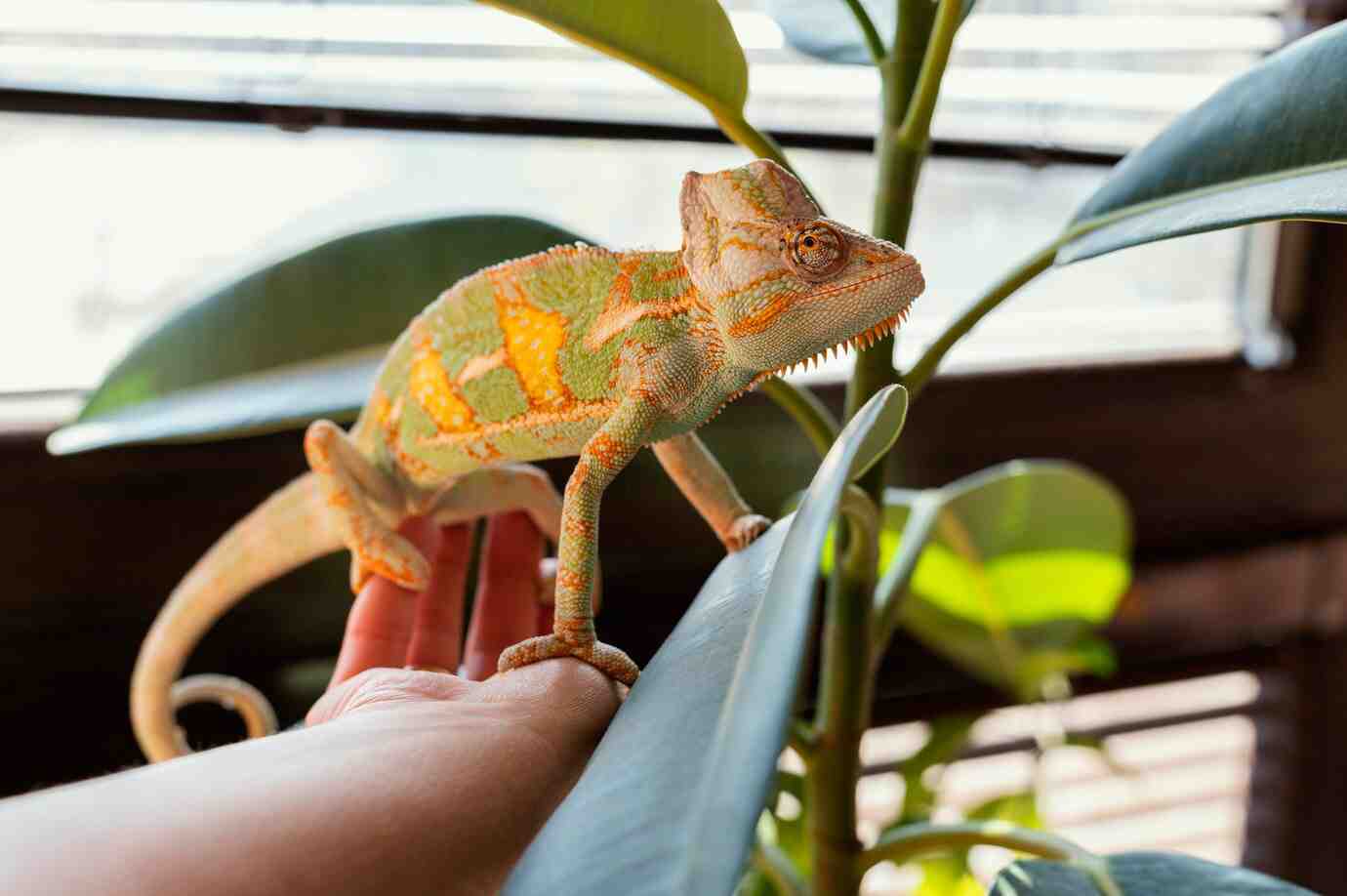
Handling reptiles safely isn’t just about technique — it’s about listening, observing, and adapting. Every reptile has its own comfort level, and the more time you spend together, the more you’ll understand it.
By focusing on gentle, consistent handling, following smart reptile interaction tips, and slowly taming exotic reptiles at their pace, you create a strong bond that makes care easier and more enjoyable for both of you.
For more guidance, explore Taming Tips for Nervous or Aggressive Reptiles.

